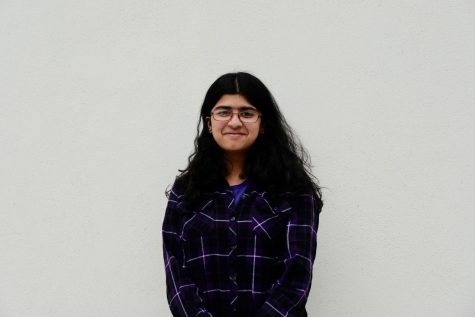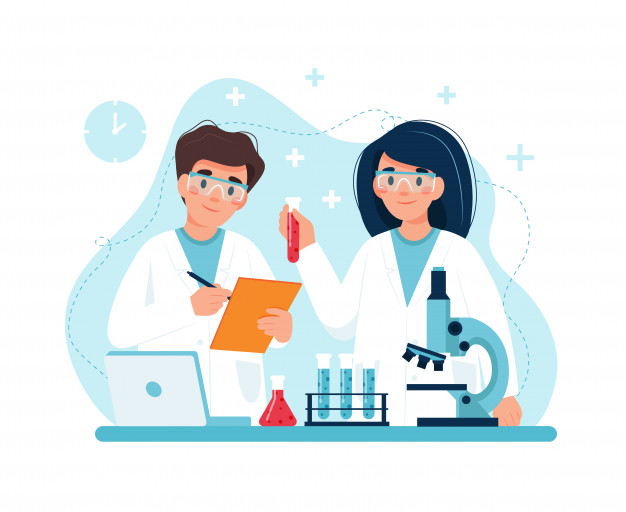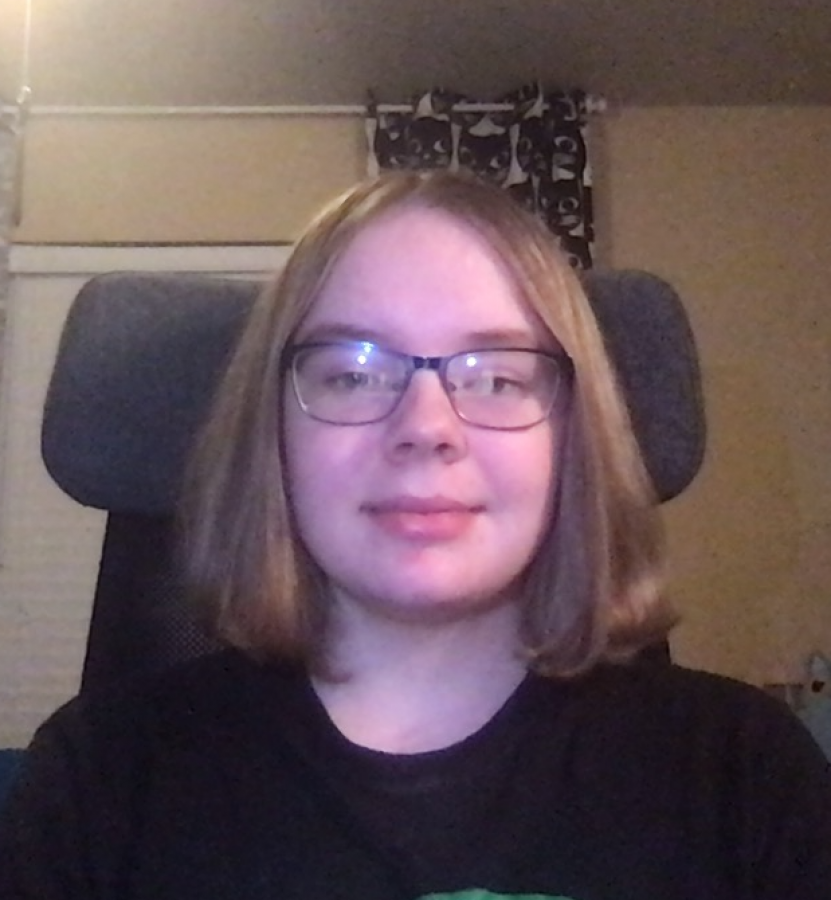Keystone Student Researchers Spotlight
I had the fantastic opportunity to interview six students about science fair for the Clubs at Keystone series. However, science fair is mostly individual. All of the students were geniuses and dedicated to pushing at the frontier of science, so I decided to spotlight each one and their unique interests in science fair. I was taken aback by their ingenuity, their curiosity, and their ability to easily use words that I couldn’t pronounce (much less spell). Without further ado, here are six amazing student scientists at Keystone School.
Allison Wivagg (senior): Out of everyone in the call, Allison had participated in science fair the longest. Her project this year was to predict the presence of Alzheimer’s in a patient based on previous conditions. This year, she learned and used R, and used a list from a dataset from NHIS to create a prediction model. In the past, she has competed in the Medicine and Health section, working with fruit flies in the lab, and this was her first year fully online and using R. Her favorite part of science fair is writing the paper and analyzing the data at the end, and she doesn’t have a favorite project. (Honestly, all of her projects are amazing, so it’s understandable.) She loves seeing the products of her work and the sense of discovery. Her favorite section of science fair is Medicine and Health (which she has competed in for the past years), and, if Mr. Nydegger were to give her a certificate, she’d win the “Most Likely to Search Up all the Code” award.
Corinthian Ewesuedo (senior): This year, for her project, Corinthian using machine learning to convert notes on a music score to something easier for students to read. I found her project deeply fascinating and was struck by the creativity of it. Applying computer science to music was something I never thought of prior, and I was deeply fascinated. Of all the projects she has done, Corinthian found this year to be her favorite. She loved using different programs and the process of identifying errors and fixing them. Her favorite section is Math and Computer Science because she finds learning about how different software work to be deeply fascinating. Finally, if she were to get a certificate from Mr. Nydegger, she said she’d received the “Most Likely to Change the Procedure” award.
Alex Flynn (sophomore): Last year, almost every day, I could find Alex in the lab. Her commitment is moving, and she explained that one of her favorite parts of science fair is spending time in the lab with others, recounting a story of Mr. Nydegger bringing fried earthworms to taste. Her talking about science fair made me think of the club being a second family for Alex. Both this year and last year, Alex’s project explored inhibiting quorum sensing and the bacterial communication system, and this year, she used garlic extract to do so. Her favorite project, however, was last year’s project: she used SRNA to inhibit the A-gene, and she enjoyed it for its technicality. Another aspect of science fair Alex loves is presenting. Though it is slightly intimidating, she loves hearing reactions to her project. Her favorite section is microbiology, and if Mr. Nydegger were to give her a certificate, she would get the “Worst Smelling Project” award. (Apparently, she used really strong garlic extract that made the lab smell like garlic.)
Mihika Eratne (sophomore): This year, Mihika did a continuation of her project from last year with Sathina. Together, they designed an ideal house structure, using the wind as natural air conditioning and basing her structure off of termite mounds and houses from the Indus Valley civilizations. Can I just start by saying that the project sounds so cool? I was taken aback by its creativity and its association between two seemingly different structures to create a novel approach to creating houses. Last year, the team worked on determining the ideal shape. This year, they determined the ideal material and roof shape, designing the house to be capable of withstanding the monsoons and weather in India specifically. Of the two parts of her project. Mihika preferred this year since she had more freedom with the project and more room to experiment. Her favorite part of science fair is being in the lab with others and getting to know others in Keystone. She even learned that some upperclassmen like the same bands she likes! Her favorite category is environmental engineering, and if she were to get a certificate, it would be “Most Likely to Complain about Leg Cramps and Stomach Aches.” (When taking data, she would unfortunately sometimes suffer from cramps and aches, but she was resilient and able to push through.)
Joanna Sohn (freshman): This year, Joanna conducted a zoology project exploring the effects of blue light. She explained that she found that prolonged exposure to blue light is bad but a small amount is not, and she listed off what exposure to blue light can cause. Her favorite project is this year’s project because she felt it was more complete and had a better practical application. Her favorite part is the analysis at the end, as she loves seeing how her research comes together and discovering her conclusions. Joanna herself can also easily adapt and is a natural problem-solver: when she didn’t have a spectrophotometer, she made her own homemade microplate. Her favorite section is medicine and health, the section she competed in for the past two years, because she can see different solutions to some of the biggest medical problems. If she were to have a certificate from Mr. Nydegger, it would be “Why Physical Books are Better for you.” (She followed this by listing out potential consequences of using ebooks, including that it could cause depression.)
Niraj Srivastava (freshman): The first word that comes to mind with Niraj and science fair is dedicated. Last year, Niraj seemed to always spend late nights at science fair, working hard on his project. This year, he attempted to prevent the spread of cancers, testing chemotherapy in flies. His favorite project was this year: he felt passionate about his work and can see the wider application of this project. His favorite part of science fair is spending time in the lab (especially with Mr. Nydegger’s dad jokes). He cherishes science fair because it helped him learn how to adapt. Not everything goes the ideal way, and he has learned how to adapt and ameliorate any problems or setbacks in his projects. His favorite section is Medicine and Health because he finds the application of the medicine and health projects deeply fascinating. Finally, if Mr. Nydegger were to give him a certificate, he would likely be awarded “Most Likely to Wear a PPE.” (He recounted that he wore a PPE when working with chemicals even though it was unnecessary. But better safe than sorry!)
These are six of the amazing Keystone researchers. These students are exploring problems throughout society and are dedicated to make the world a better place. And I have confidence that with these ideas and projects, the students will ensure the progress of humanity in the years to come. I wish everyone luck for future science fairs, and I can’t wait to see what amazing projects they’ll work on next.

Shreya Chaudhary is a senior planning to major in data science or computer science. She interns with TigerGraph, promotes and tutors women in STEM through...





